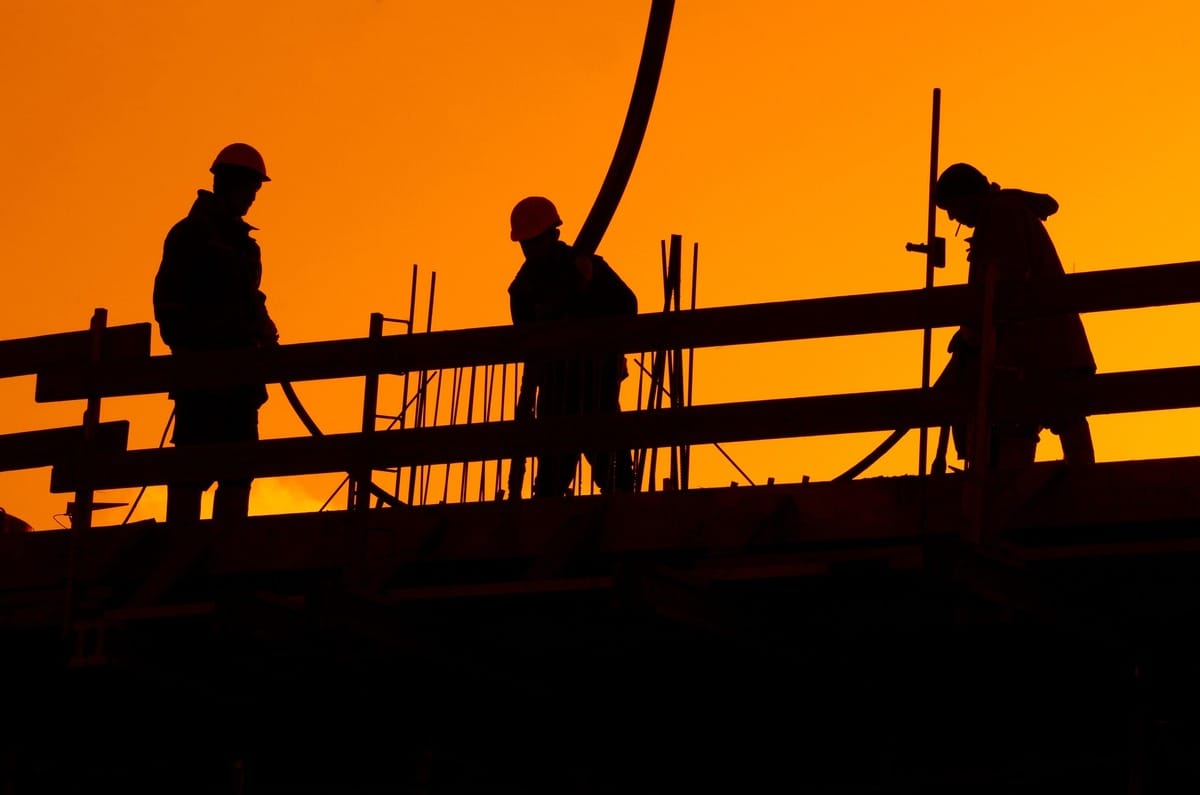- Full Brim Safety
- Posts
- Body Mechanics for Lifting & Carrying
Body Mechanics for Lifting & Carrying
Full Brim Safety: Build Smart, Build Safe

Body Mechanics for Lifting & Carrying
Welcome back, let's Build Smart & Build Safe! Yesterday, we introduced the concept of ergonomics and its role in preventing long-term pain. Today, we focus on the most common source of construction injuries: body mechanics for lifting and carrying.
Every worker knows the phrase "lift with your legs," but safe movement involves more than just lifting—it’s about how you carry, move, and set down a load.
Safe Lifting: A Quick Review
Always start with the fundamentals we covered in Week 20:
Assess the Load: Is it too heavy or awkward? If so, use a mechanical aid or team lift.
Get Close: Keep the load as close to your body’s center of gravity as possible.
Lift with Your Legs: Back straight, knees bent. Use your most powerful muscles to do the work.
The Two Carrying Rules That Save Your Spine
NEVER Twist While Lifting or Carrying: This is the primary cause of severe, sudden back injury. If you need to turn, use your feet to pivot your entire body, keeping your core tight and your spine straight. The spine is designed for support, not for rotating under a heavy load.
Keep the Load Balanced: When carrying an item (like a bucket or tool bag), avoid carrying it all on one side for a long distance. Distribute the weight evenly between both hands or switch sides regularly to prevent uneven stress on your spine and hips.
Team Lifting
When a load is too heavy for one person, communicate clearly with your partner. Count down ("3, 2, 1, lift!") to ensure you both lift, pivot, and set down the load at the exact same time. Uneven lifting is just as dangerous as lifting alone.
Tomorrow, we'll look at reducing repetitive tasks and eliminating sustained awkward postures.
Don't forget to sign your friends up for Full Brim Safety for your daily dose of construction safety tips!
-The Safety Man
